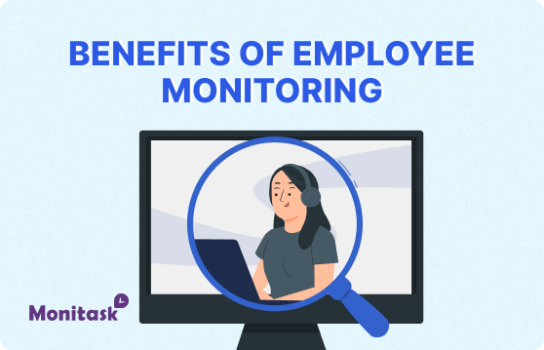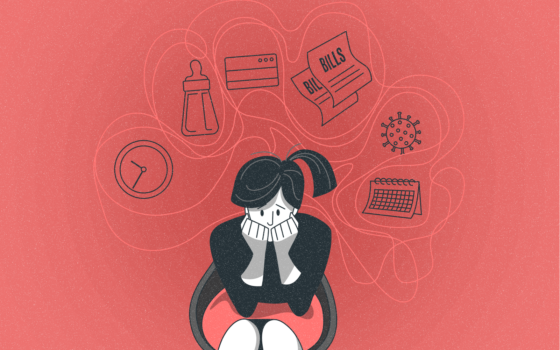Disability Discrimination
Disability discrimination is a complex and sensitive issue that continues to affect workplaces across the globe. As an HR professional, it's crucial to have a deep understanding of this topic to foster inclusive environments and ensure compliance with relevant laws and regulations.
At its core, disability discrimination occurs when an individual is treated unfavorably or unfairly due to their disability, perceived disability, or association with someone who has a disability. This form of discrimination can manifest in various aspects of employment, including hiring, promotions, job assignments, terminations, compensation, and workplace accomodations.
Legal Framework
In the United States, the primary legislation addressing disability discrimination is the Americans with Disabilities Act (ADA) of 1990, along with its subsequent amendments. The ADA prohibits discrimination against qualified individuals with disabilities in all aspects of employment, public accomodations, transportation, and telecommunications.
Other countries have similar laws in place. For instance, the UK has the Equality Act 2010, which protects individuals with disabilities from discrimination in various areas of life, including employment.
What Constitutes a Disability?
Under the ADA, a person is considered to have a disability if they have a physical or mental impairment that substantially limits one or more major life activities, have a record of such an impairment, or are regarded as having such an impairment. This definition is intentionally broad and can include a wide range of conditions, from visible physical disabilities to invisible ones like chronic illnesses, mental health conditions, and learning disabilities.
It's important to note that the definition of disability can vary depending on the jurisdiction and specific context. HR professionals should familiarize themselves with the relevant laws and regulations in their area.
Types of Disability Discrimination
Disability discrimination can take various forms, including:
- Direct Discrimination: When an individual is treated less favorably because of their disability. For example, refusing to hire a qualified candidate solely because they use a wheelchair.
- Indirect Discrimination: When a policy or practice that applies to everyone particularly disadvantages people with disabilities. For instance, requiring all employees to stand for long periods without considering those who may have difficulty doing so due to a disability.
- Failure to Provide Reasonable Accomodations: This occurs when an employer fails to make appropriate adjustments to enable a person with a disability to work effectively. Examples include not providing assistive technology or flexible working hours when needed.
- Harassment: Unwelcome conduct based on a person's disability that creates a hostile work environment.
- Associative Discrimination: Discriminating against someone because they associate with a person who has a disability, such as a caregiver or family member.
Reasonable Accomodations
A key aspect of preventing disability discrimination is providing reasonable accomodations. These are modifications or adjustments to the work environment or the way things are usually done that enable an individual with a disability to enjoy equal employment opportunities.
Examples of reasonable accomodations may include:
- Modifying work schedules or providing flexible working arrangements
- Making existing facilities accessible (e.g., installing ramps, widening doorways)
- Providing assistive technology or equipment
- Modifying training materials or policies
- Providing interpreters or readers
It's important to note that what constitutes a "reasonable" accomodation can vary depending on the specific circumstances and the resources of the employer. The process of determining appropriate accomodations should involve an interactive dialogue between the employer and the employee.
Best Practices for Preventing Disability Discrimination
To create an inclusive workplace and prevent disability discrimination, HR professionals should consider implementing the following best practices:
- Develop Clear Policies: Create and communicate comprehensive anti-discrimination policies that specifically address disability discrimination.
- Provide Training: Offer regular training sessions for all employees, especially managers and supervisors, on disability awareness, inclusive practices, and the importance of preventing discrimination.
- Foster an Inclusive Culture: Promote a workplace culture that values diversity and inclusion, including disability inclusion.
- Implement Accessible Recruitment Practices: Ensure that job postings, application processes, and interview procedures are accessible to individuals with disabilities.
- Establish an Accomodation Process: Develop a clear and efficient process for requesting and implementing reasonable accomodations.
- Regular Audits: Conduct periodic audits of workplace practices, policies, and physical spaces to identify and address potential barriers or discriminatory practices.
- Encourage Open Communication: Create channels for employees to safely report concerns or instances of discrimination without fear of retaliation.
Challenges and Considerations
While progress has been made in addressing disability discrimination, several challenges remain:
- Invisible Disabilities: Many disabilities are not immediately apparent, which can lead to misunderstandings or skepticism. HR professionals need to be aware of and sensitive to the existence of invisible disabilities.
- Stigma and Misconceptions: There are still many misconceptions about disabilities that can lead to discrimination. Ongoing education and awareness-raising efforts are crucial.
- Intersectionality: Individuals with disabilities may also face discrimination based on other aspects of their identity, such as race, gender, or age. HR professionals should be aware of the potential for compounded discrimination.
- Technological Advancements: While technology can provide many solutions for accomodations, it can also create new challenges. Ensuring digital accessibility is increasingly important in today's workplace.
The Role of HR in Addressing Disability Discrimination
Human Resources plays a pivotal role in preventing and addressing disability discrimination in the workplace. HR professionals are often at the forefront of developing and implementing policies, handling accomodation requests, and mediating conflicts related to disability issues.
Key responsibilities of HR in this area include:
- Staying informed about relevant laws and regulations
- Developing and updating anti-discrimination policies
- Coordinating the accomodation process
- Providing training and education to employees at all levels
- Handling complaints and investigations related to disability discrimination
- Advising management on inclusive practices and legal compliance
The Business Case for Disability Inclusion
Beyond legal compliance, there are compelling business reasons for organizations to prioritize disability inclusion and prevent discrimination. Research has shown that companies that embrace disability inclusion often see benefits such as:
- Increased innovation and problem-solving capabilities
- Improved employee engagement and retention
- Enhanced reputation and brand image
- Access to a wider talent pool
- Better understanding and service of diverse customer bases
By fostering an inclusive environment free from disability discrimination, organizations can tap into these benefits while also fulfilling their ethical and legal obligations.
Global Perspectives on Disability Discrimination
While this article has focused primarily on the U.S. context, it's important to note that disability discrimination is a global issue. Many countries have their own laws and regulations addressing disability rights and discrimination.
For multinational organizations, navigating these varying legal landscapes can be challenging. HR professionals working in global contexts should be aware of local laws and cultural attitudes towards disability in each country where they operate.
The United Nations Convention on the Rights of Persons with Disabilities (CRPD) provides a global framework for understanding and addressing disability rights. Many countries have ratified this convention, committing to protect the rights of people with disabilities and promote their full participation in society.
Emerging Trends and Future Considerations
As our understanding of disability and workplace inclusion evolves, several trends are shaping the future of disability discrimination prevention:
- Neurodiversity: There's growing recognition of neurodevelopmental differences like autism, ADHD, and dyslexia as forms of human diversity rather than disorders. This shift is prompting new conversations about workplace accomodations and inclusive practices.
- Mental Health Awareness: With increasing awareness of mental health issues, there's a growing focus on accomodations and support for employees with mental health conditions.
- Remote Work: The rise of remote work, accelerated by the COVID-19 pandemic, has created new opportunities for inclusion but also new challenges in ensuring equal access and accomodations in virtual environments.
- Artificial Intelligence and Hiring: As AI becomes more prevalent in recruitment and hiring processes, there's a need to ensure these technologies don't perpetuate or exacerbate discrimination against people with disabilities.
In conclusion, addressing disability discrimination is an ongoing process that requires continuous learning, adaptation, and commitment. By staying informed about legal requirements, best practices, and emerging trends, HR professionals can play a crucial role in creating truly inclusive workplaces where all employees, regardless of disability status, can thrive and contribute their full potential.
Remember, fostering an inclusive environment free from disability discrimination isn't just about compliance – it's about recognizing and valuing the diverse talents, perspectives, and experiences that all employees bring to the table. By doing so, organizations can create stronger, more innovative, and more successful workplaces that benefit everyone.


